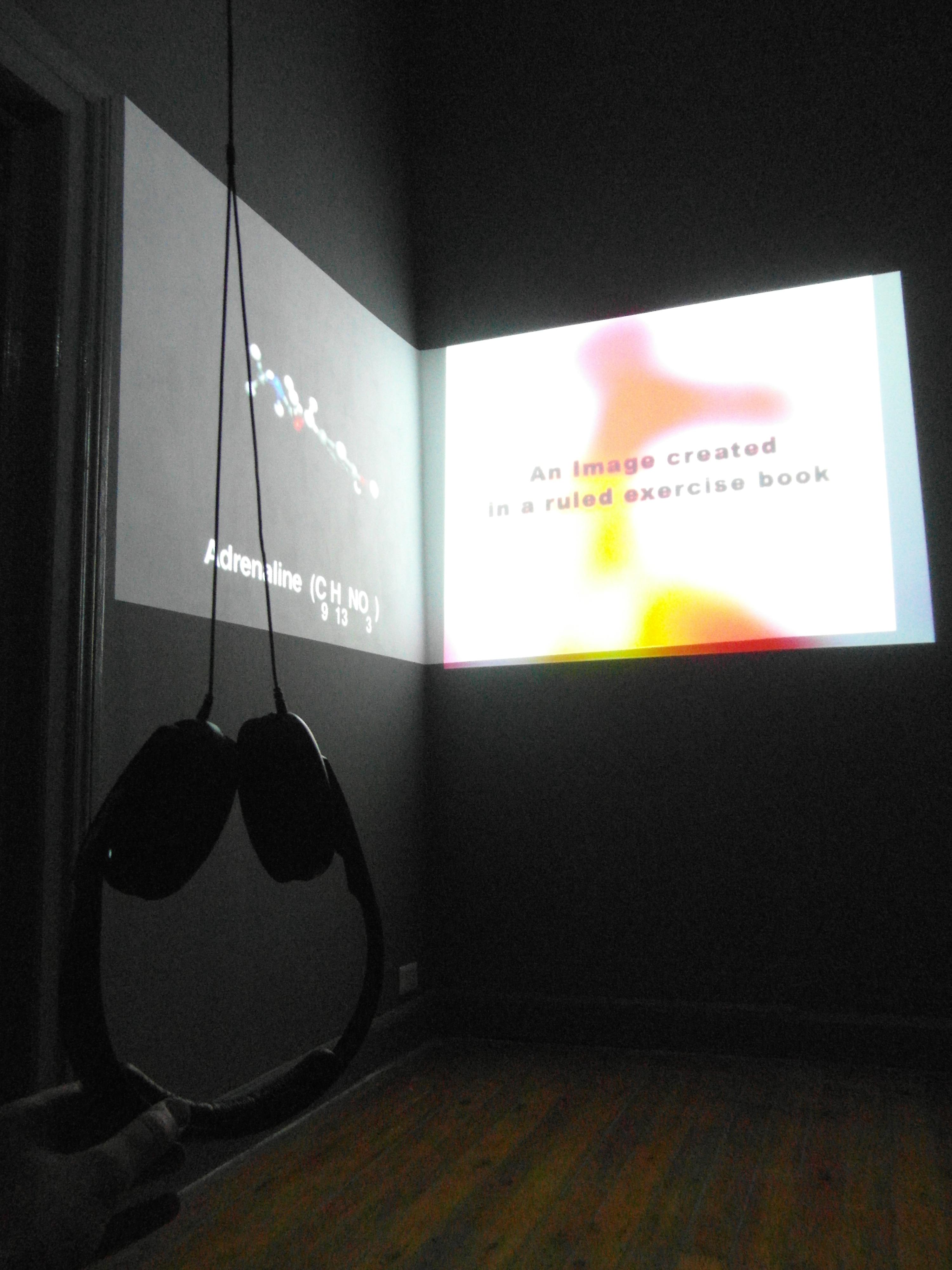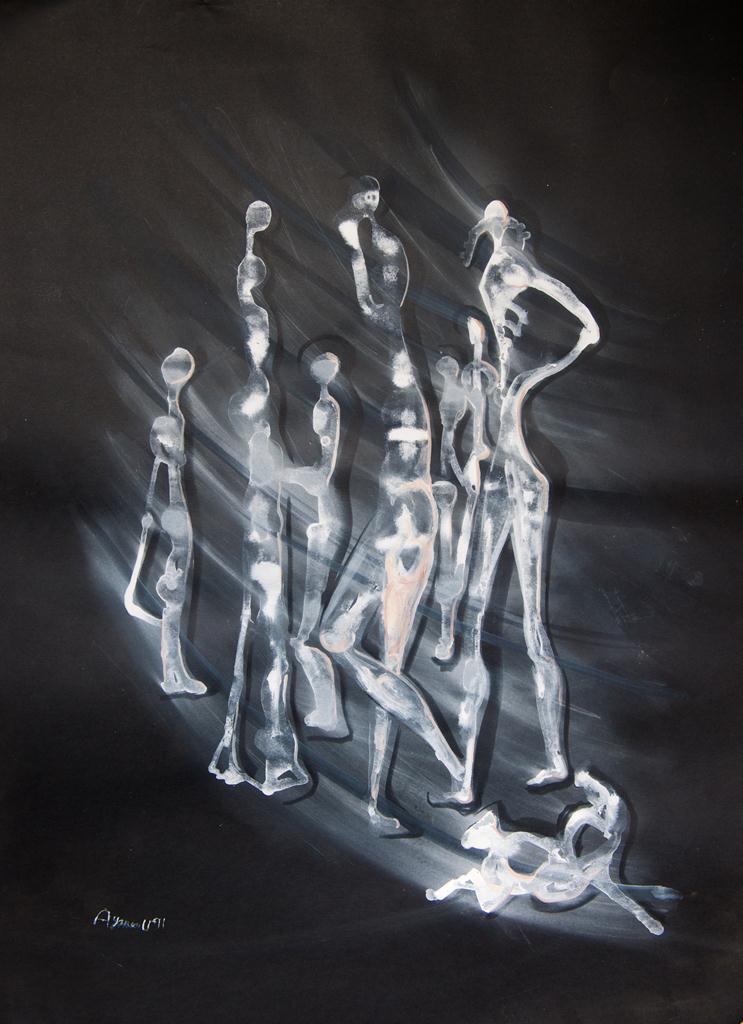Near Cairo’s Downtown, more than 4,500 artefacts collected from years of Isamic ruling eras are showcased, presenting the glory of those times on the walls of The Museum of Islamic Art.
The museum was established in Khedive Tawfiq’s era in the Al-Hakim Mosque. The current museum building was inaugurated in the reign of Khedive Abbas II in 1903.
The museum itself is almost like a maze, so the first thing to be seen in it is a map of the building. Visitors usually follow arrows which guide them to seven different sections. Those sections are organised by the era in which these cultures were established: the Umayyad, Fatimid, Abbasid, Ayyubid, Mamluk, and Ottoman eras. Then comes a section on the Islamic World about India and Turkey.
Because of its tremendous space, the museum is designed to take its visitors in more of a treasure hunting journey. If the visitors want to take a quick tour of the museum, they have to search for golden cards in the building. These cards spotlight the most important artefacts in the museum.
But the most interesting artefacts are the ones most people do not know the stories behind.
The candlesticks of Al-Masjid an-Nabawi
The Museum of Islamic Art has two marvellous candlesticks that were made especially for Al-Masjid an-Nabawi (the Mosque of the Prophet Muhammad), one of the largest mosques in the world and the second holiest site in Islam. The Museum of Islamic Art is the only museum in the world showcasing artefacts known for their holiness.
In AH654, a great fire struck the religious building, caused by one of the mosque’s servants. He went into a storeroom in the mosque with a lamp and lit it. Then he put the lamp on a box, but on that box, there was a cloth of linen which caught fire and spread.
After this accident, which led to the museum’s complete destruction, Qaitbay, the Mamluk sultan who ruled Egypt – and was known for his various architectural structures such as mosques, schools, or houses and commercial markets—ordered the restoration and renovation of the mosque. Egypt was known to build the candlesticks of Al-Masjid an-Nabawi at that time. So, Sultan Qaitbay ordered two extra sticks made, requesting to keep them for the museum.
The second artefact is the Ghabn plate, which has a bloody story behind it
Ghabn was the name of one of the Caliph Al-Hakim bi-Amr Allah’s servants, who consolidated his authority during Al-Hakim’s caliphate.
In AD1011, Ghabn was promoted to become commander in chief. Al-Hakim appointed him to be in charge of social regulations.
History stated that as a ruler, Al-Hakim used to punish whoever objected to any of his decisions, and his punishments are known to have been severely bloody. In November AD1013, Ghabn was among the many people who were punished for objecting to an unknown decision by the caliph.
So, he was ordered to cut one of his hands that was later sent to the caliph on the currently displayed plate. Al-Hakim kept the plate as a sign of what happens to whoever rejects his opinions. In the same month, Ghabn was further punished by his tongue being cut off, and he died shortly after.
This plate is currently considered the largest plate in Islamic arts.
The next stop for visitors are the magic shirts and bowls
The magic shirts and bowls are objects that are decorated by black and red ink, with geometric designs enclosing Quran verses and certain numbers (talismanic inscriptions). They were widely known for the magic abilities they contain of blessing and protecting their owners.
Kings used to use magic shirts at war, believing they protect them from being killed. However, in one of the wars Suleiman I of Persia fought, the shirt did not apply what the myth said, and everyone wearing such shirts was killed, with clearly visible blood stains. That is when people stopped believing in them.
As for the bronze bowls, they say that they cure diseases of poisoning by snakes or scorpion stings and mental illnesses. They are decorated with readable texts and other unreadable inscriptions. The way to use it was to put water, dates, or milk and then expose it during the night to the dew and then the patient should drink it and repeat this several times.
The museum also displays the oldest marriage contract, made of papyrus, which is attributed to AH91. Moreover, visitors get to see two medals in the name of Muhammad Ali Pasha and Khedive Abbas Helmi II. The first medal was made as a thank you for Muhammad Ali as he approved letting the British pass through Egyptian territories to reach India and the second on the occasion of the return of Abbas Helmi II from Hejaz.








